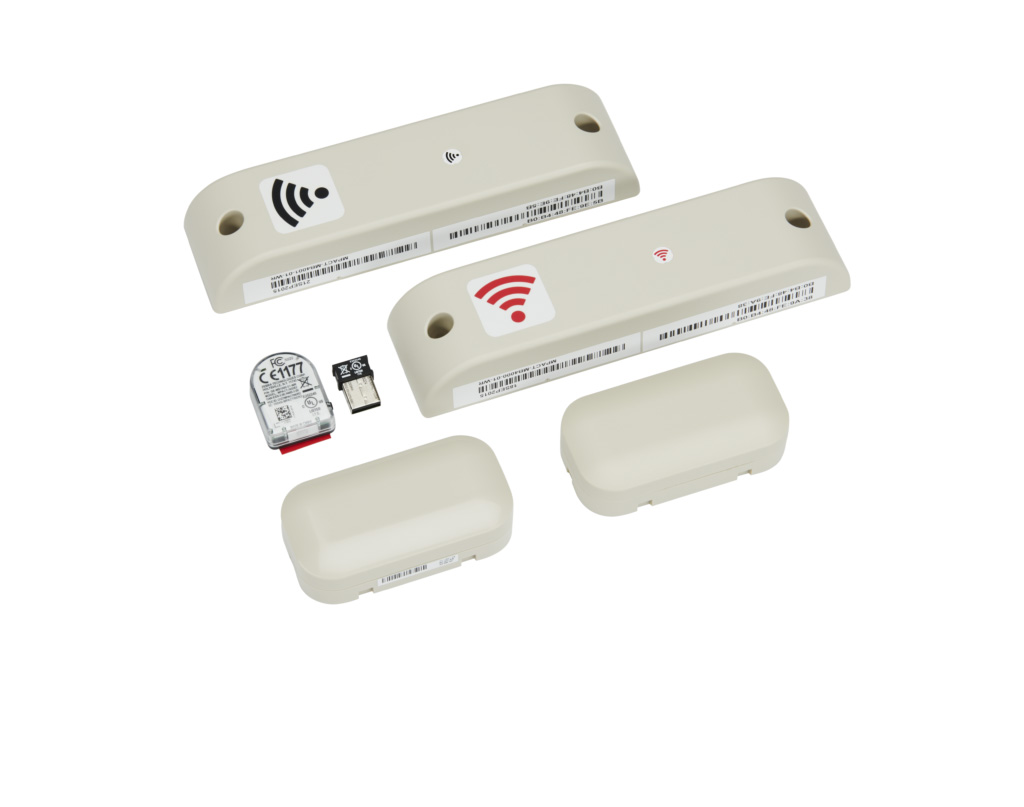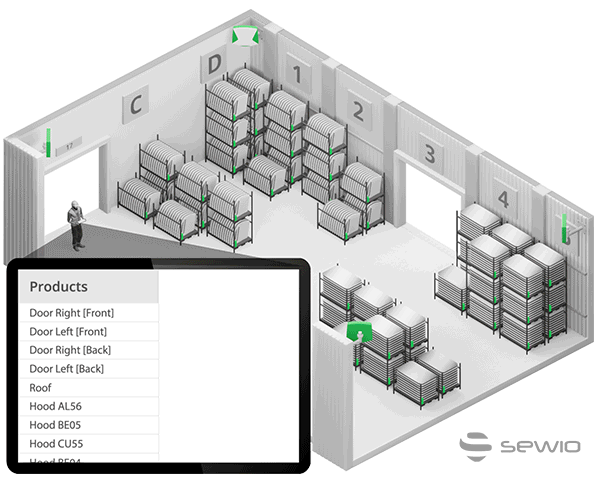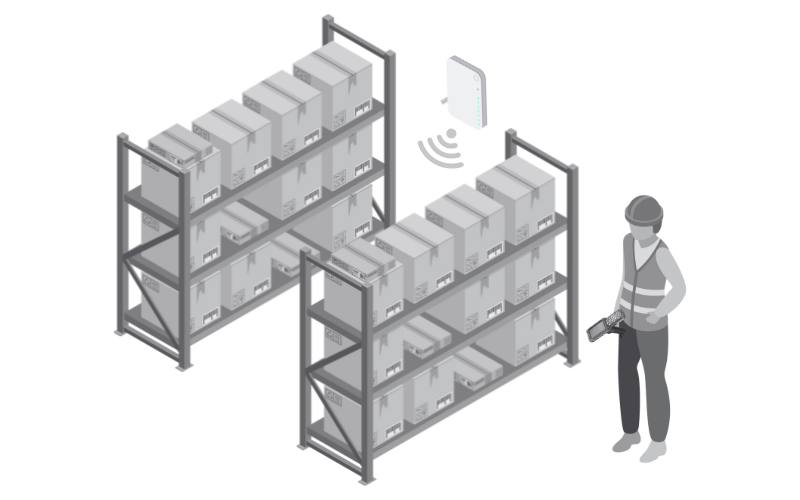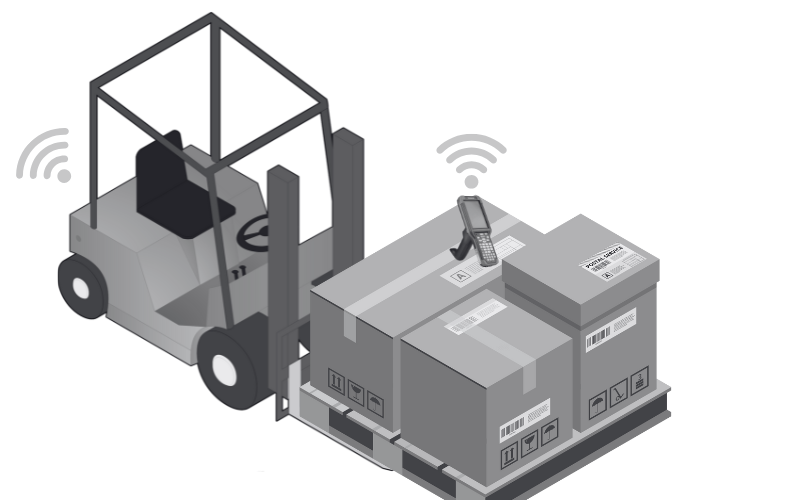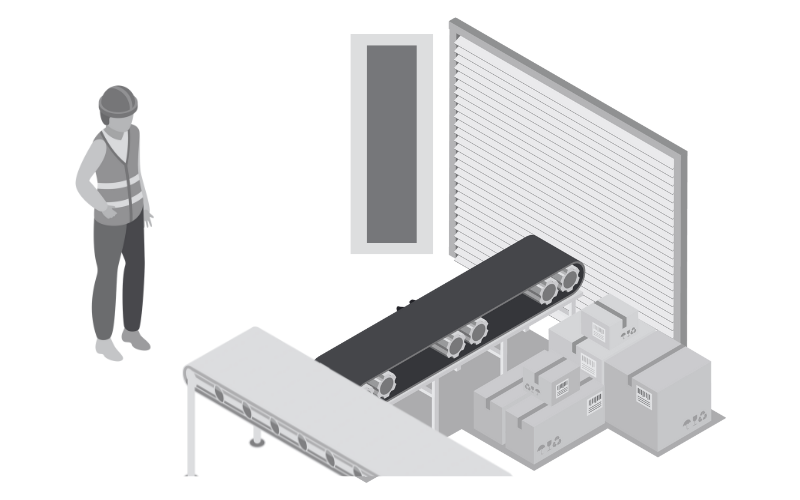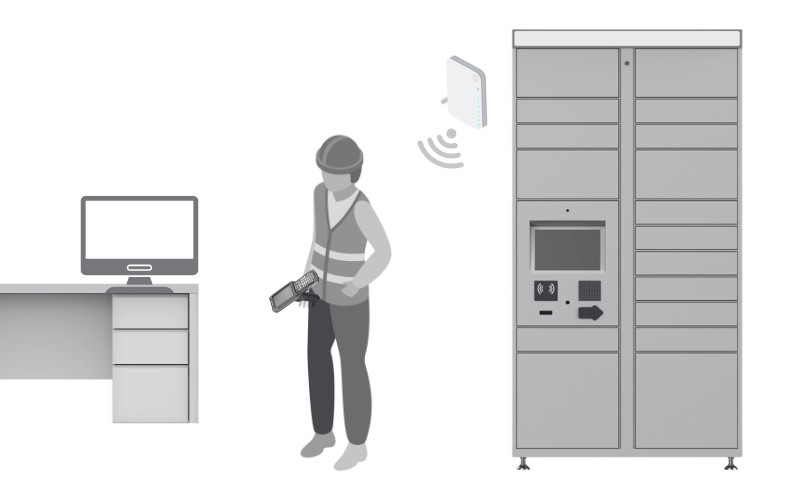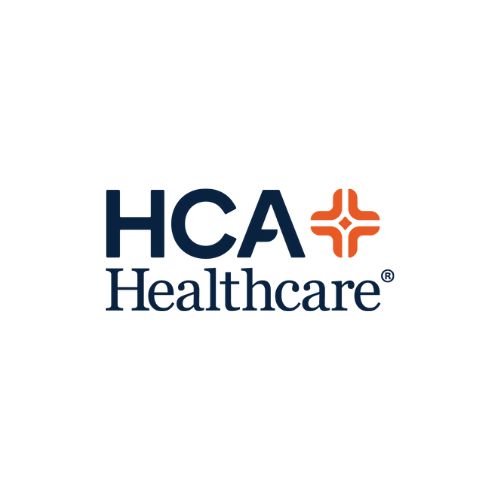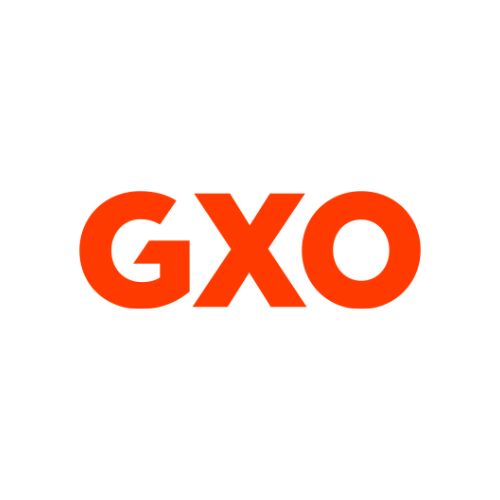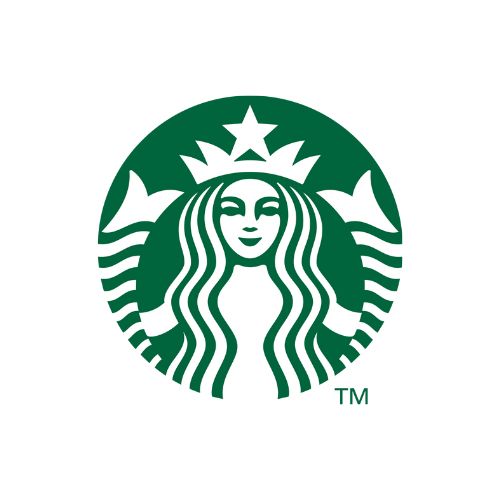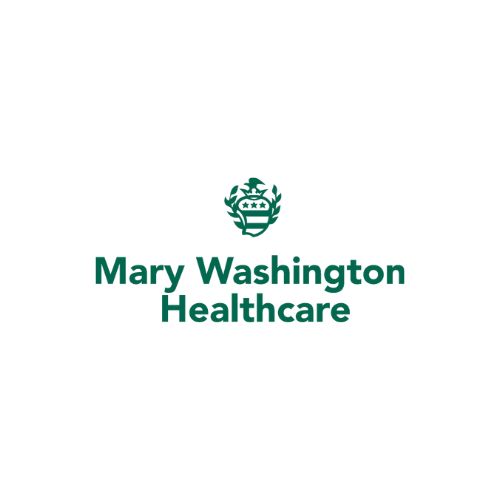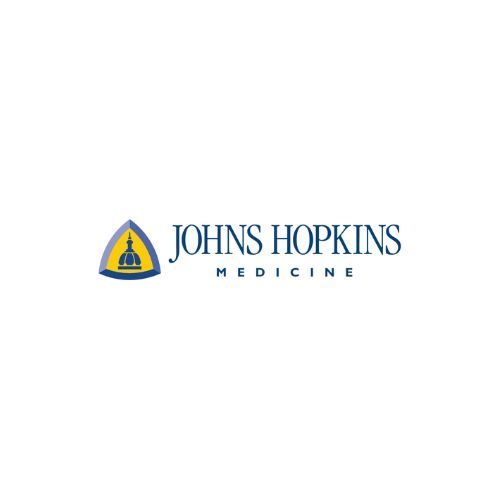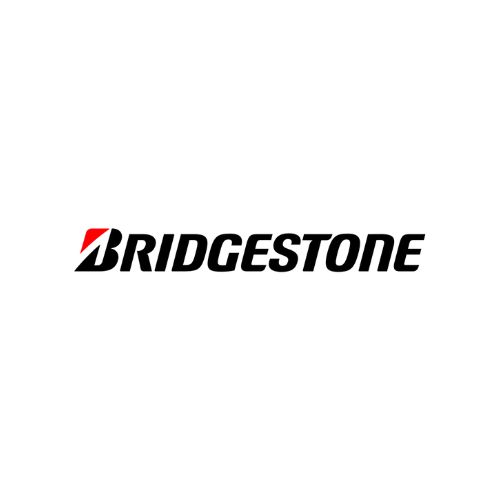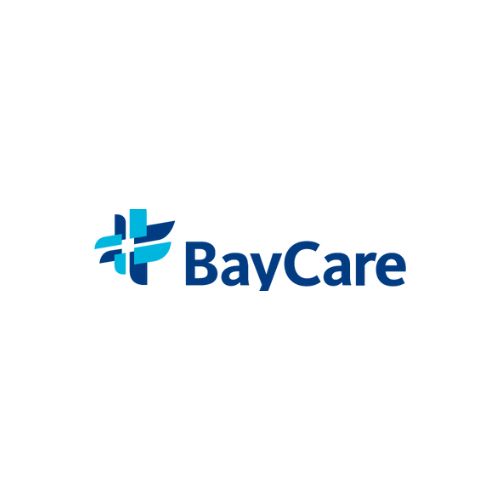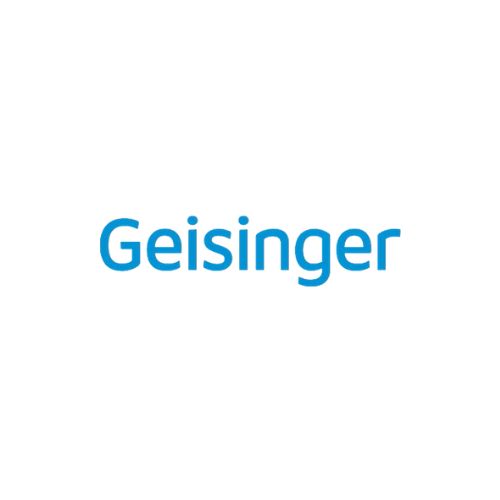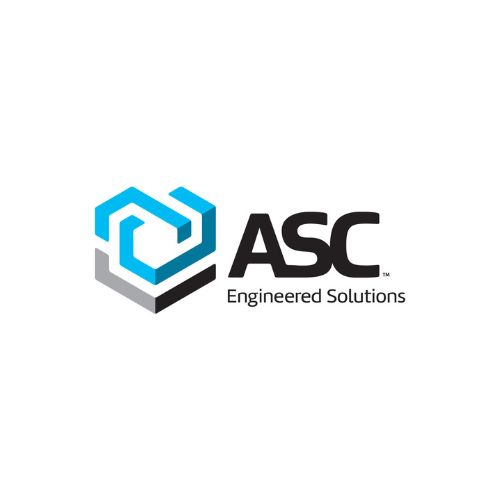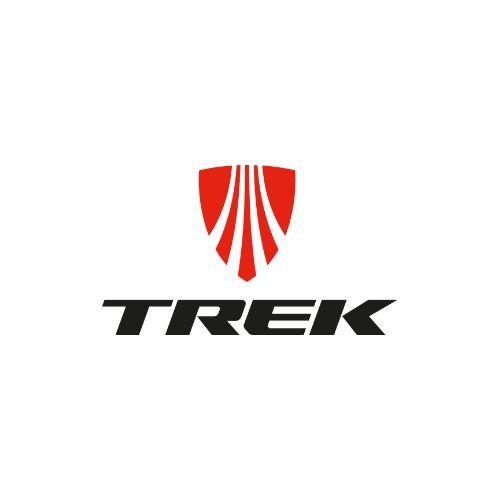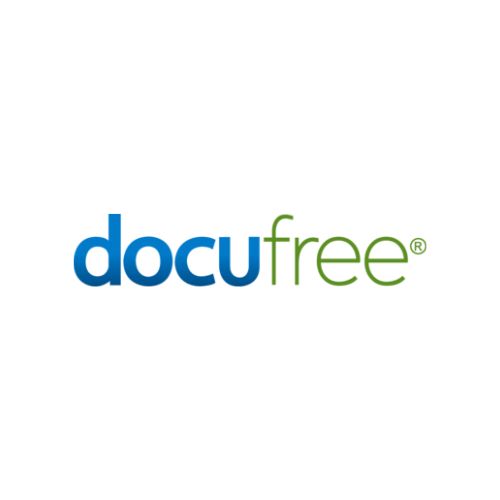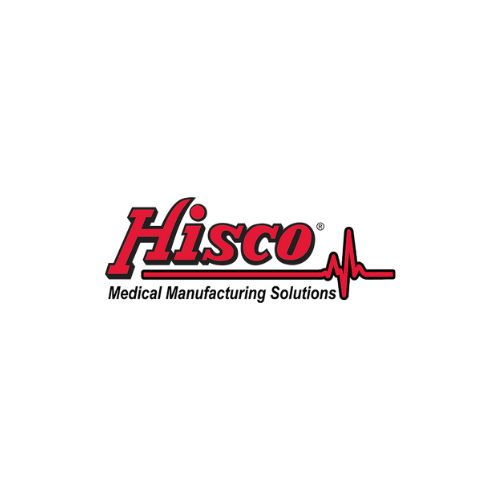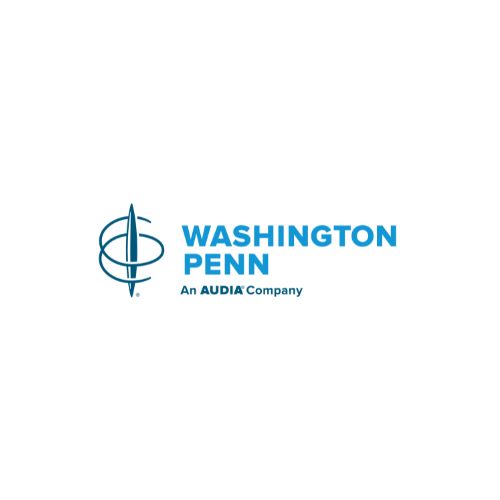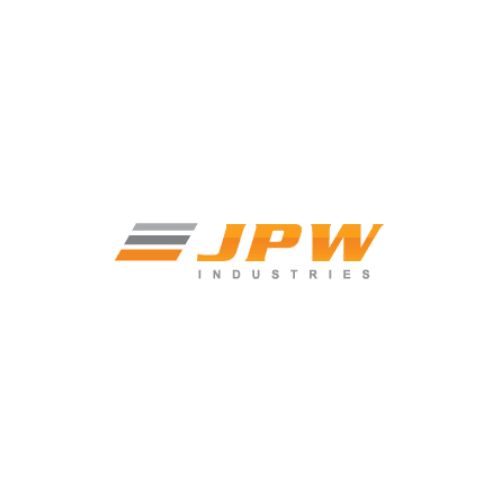Location Monitoring & Tracking
There are no “one size fits all” location monitoring solutions since tracking needs vary widely between industries, companies, and facilities. Therefore, location tracking strategies will vary in terms of the following dimensions, depending on what businesses find most valuable: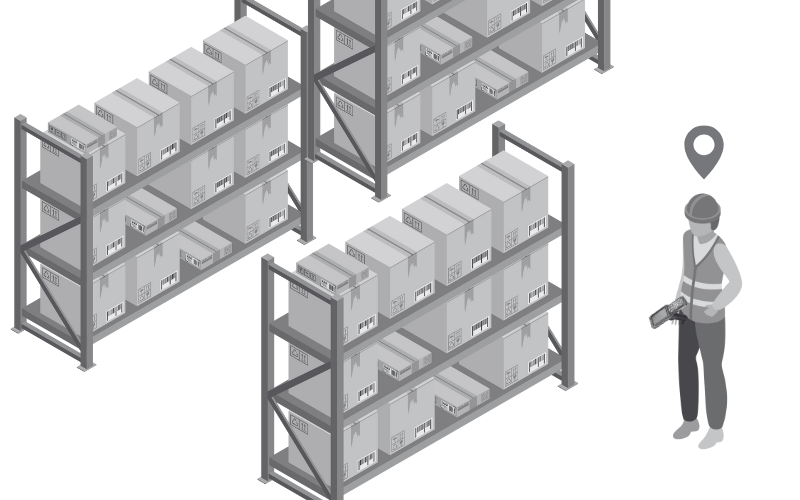
- Range: What is the range of items you are tracking – are they global, in a facility, or in a room?
- Accuracy: How precise do you want your data to be, regarding elements of time, speed, and signal?
- Precision: How precisely do you need to locate an item: for example, 7m vs 25cm?
- Data Frequency: How often do you need a location update? (every second, every 5 minutes, or every time someone checks).
- Infrastructure: Existing (Wi-Fi), external (cellular/satellite), simple vs. complex.
- Deployment: Would you prefer traditional cabling, receivers, and antennas, or tags and an application?
- Battery life: Do you want to recharge daily, replace batteries annually, or replace tags every 5-10 years?
- Interoperability: Exchange between tags, reader/receiver, and location engine.
- Cost: Cost of tags, infrastructure, deployment, and maintenance.
Applications for Location Monitoring
While RFID may be good for asset tracking and monitoring work-in-process, RTLS achieves greater visibility of assets across multiple networks and throughout entire enterprises. Consequently, applications for location technology are usually larger in scale and monitor a large volume of moving parts including:
- Enterprise-wide inventory visibility & asset tracking.
- Supply chain management.
- Manufacturing & work-in-process.
Types of Location Technology 
Location hardware consists of tags and readers used to track and locate assets in real-time. However, there are different types of hardware and tags that all vary in terms of their range, battery life, and cost. Two big things to consider when planning a location monitoring solution are how precise you want the location to be and how frequently you want new data. The umbrella of location technology contains several different types of hardware:
- Ultra-Wideband Technology (UWB)
- Bluetooth Technology
- Wi-Fi
- RFID
- Global Positioning System (GPS)
